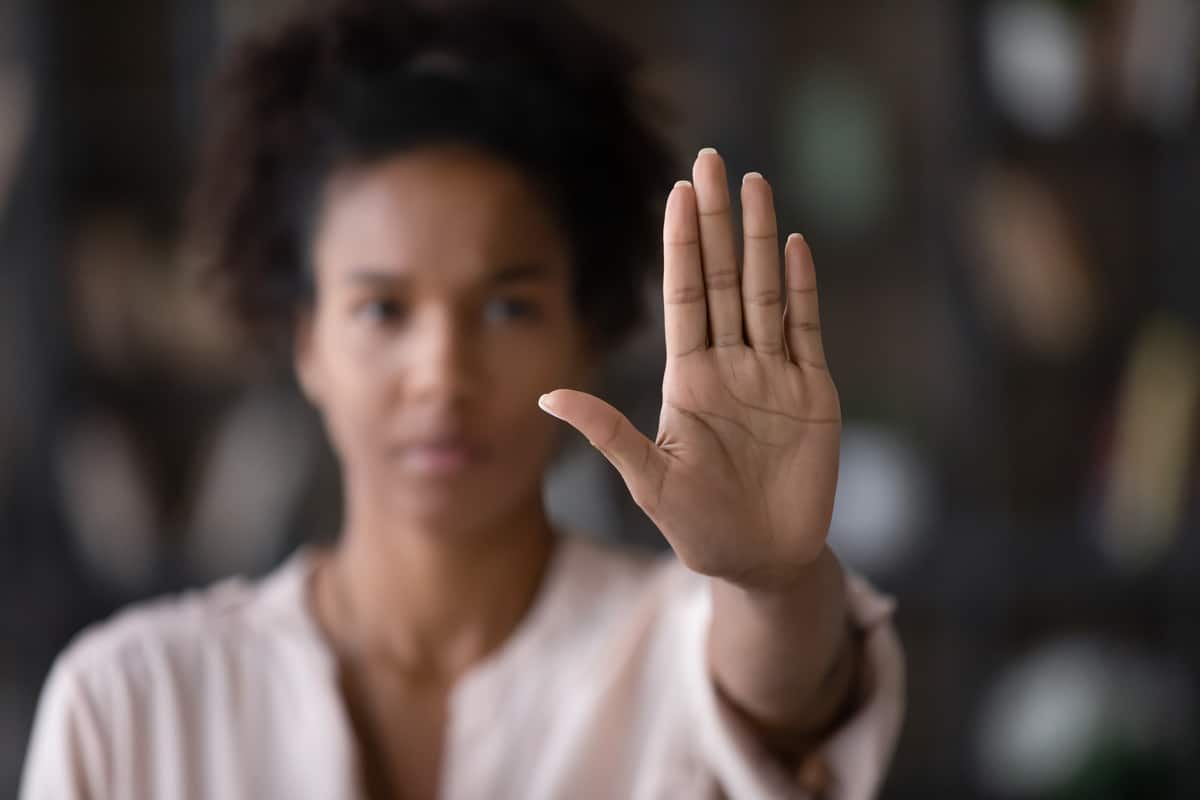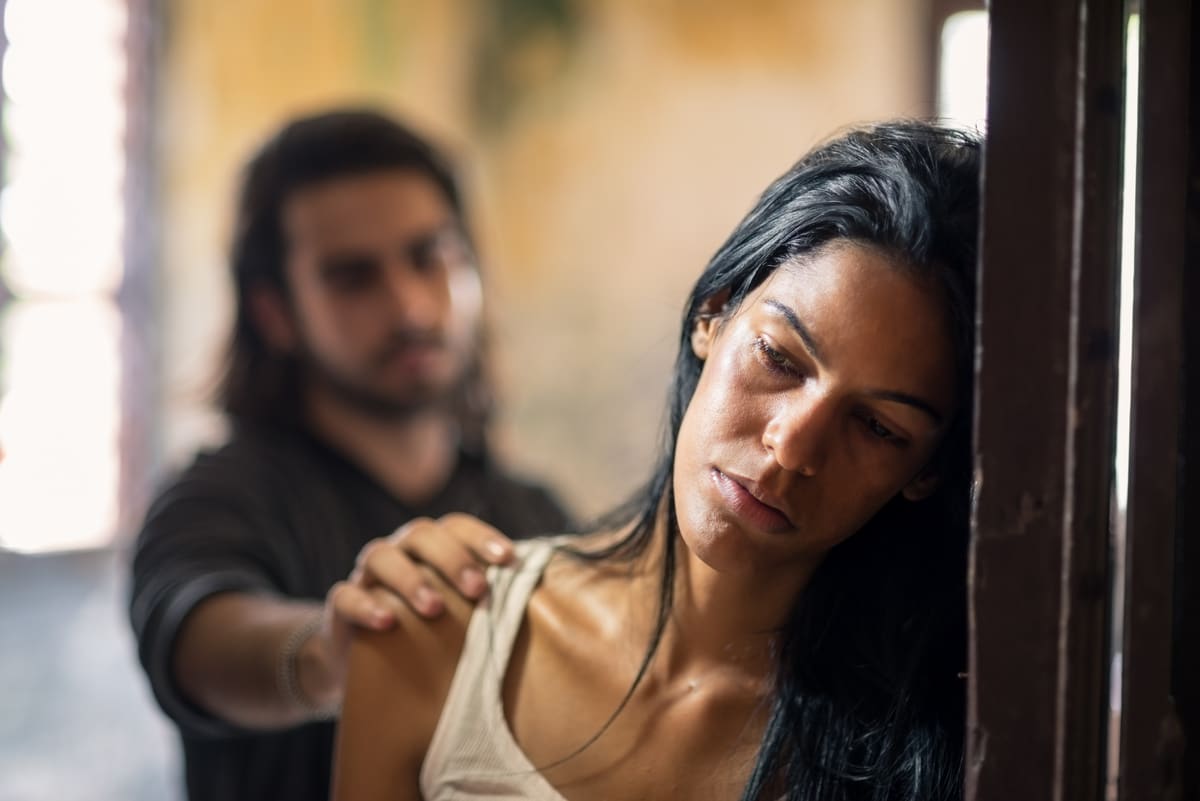Domestic violence (DV), also termed domestic abuse or family violence, is a crime committed in any relationship in which the abuser uses physical, psychological, sexual, or emotional threats to gain control and power over the other person. The abuse may be done through manipulation, intimidation, grave threats, injury, or humiliation. DV can occur to anyone of any age, gender, race, religion, or sexual orientation. It can also happen in any type of relationship, including married couples, dating couples, or family members living together.
Often, when a person is a victim of domestic violence, they tend to isolate themselves due to fear that no one will believe them or fear being abused again. Furthermore, most DV victims also find it difficult to leave an abusive relationship due to threats, or perhaps they’re conditioned to believe that the abuse is their fault.
Accordingly, if you suspect or know that someone is a victim of domestic abuse, here are some steps to carry out in giving the right support during this difficult and vulnerable situation.
In This Article
Initiate A Conversation
Most domestic abuse victims tend to isolate themselves from their families or other social circles, making it tough to reach out for help. To offer your support, it’s up to you to initiate or start a conversation, especially if you see some signs that signify that they are abused.
Here are some indicators that may determine if the person is a victim of domestic abuse:
Physical Signs:
- Bruises on any parts of the body
- Busted lips
- Black eyes
- Sprained wrists
Take note that some victims may try to cover up these physical signs by applying makeup or wearing conservative clothes.
Emotional Signs:
- Fearfulness
- Low self-esteem
- Anxiety or symptoms of depression
- Substance abuse
- Changes in appetite or sleeping habits
Behavioral Signs:
- Self-isolation
- Loss of interest in their job, studies, hobbies, or other activities they once loved
- Excessive privacy
- Subtly talks about self-harm
- Canceling appointments or meetings with no clear reasons
If you see some of these signs, it’s recommended that you approach the person and open the subject of domestic violence. You may start the conversation by saying:
- “I’ve seen some changes in you that concern me…”
- “I’m concerned about your welfare and safety…”
- “I’m worried about you…”
Make sure not to pressure the person to open up. Preferably, let them unfold the conversation at a comfortable pace. Ultimately, reaching out to the victim will let them know that you’re there to support them, which can give them utter relief.

Provide The Right Resources
If the person is in danger or still fearful due to the grave threats posed by their abuser. It’s imperative to recommend that they get an AVO (Apprehended Violence Order) or other kinds of restraining orders that will protect them from future threats or violence. For more information, you may find out this here about AVO and how to help them get the right legal advice.
Other than legal help, you can also provide them with the right community resources and give them the contact numbers for DV shelters, support groups, mental health services, or crisis hotlines. Encouraging them to get legal assistance and other community resources will make it easier for them to receive the right help to get them out of the abusive relationship.
Help Develop A Safety Plan
Due to fear, some victims find it more difficult to protect themselves from the violent acts done by the abuser. You can help the victim by developing a safety plan which they can follow in case violence occurs again or if they finally decide to escape from the abusive situation. Make sure to involve the victim during the planning process so they can visualize the steps they’ll need to do. Doing this will emotionally and psychologically prepare them.
During the planning, you can weigh both the pros and cons of every escape option and formulate ways to minimize the risks. Here are some things to prepare to execute your safety plan:
- A safe place or room to go in case of an emergency, violent situation, or if they decide to escape away from home
- A valid excuse they can use to leave if they’re threatened
- An escape bag with the important things they’ll need once they leave a dangerous situation, such as cash, vehicle keys, change of clothes, toiletries, and essential documents (e.g., birth certificates)
- A list of emergency numbers and hotlines they can call for help
Remember, domestic violence victims who attempt to leave their abusers are more likely to be gravely injured or killed. Having a detailed safety plan will help protect themselves if they decide to escape and leave. If they have a child, ensure to include the contact details of a family lawyer to assist them in child custody.
Listen And Assure Them
Even after the victim has successfully escaped from the abusive relationship or situation, their overall healing and recovery will still take time, especially if they’ve been severely traumatized. For instance, they may blame themselves for what happened or experience nightmares regarding violent scenarios they’ve been through or hurtful words they’ve got from the abuser.
So, set aside time to listen to their worries, emotions, or thoughts without judgment. Let them know that their conflicting feelings are normal. Also, refrain from offering unsolicited advice unless they ask you to. Being there to listen and understand is enough to give them a safe space to let go of whatever is bothering them.
Key Takeaway
Domestic violence is a crisis that can happen to anyone at any time. By knowing how to offer the right assistance, you could help someone’s life from the hands of an abuser. However, you also need to remember that the best thing you can do is show your support and offer helpful resources, not ‘rescue’ them. After all, the final decision to leave the abusive relationship is a prerogative of the abused.











